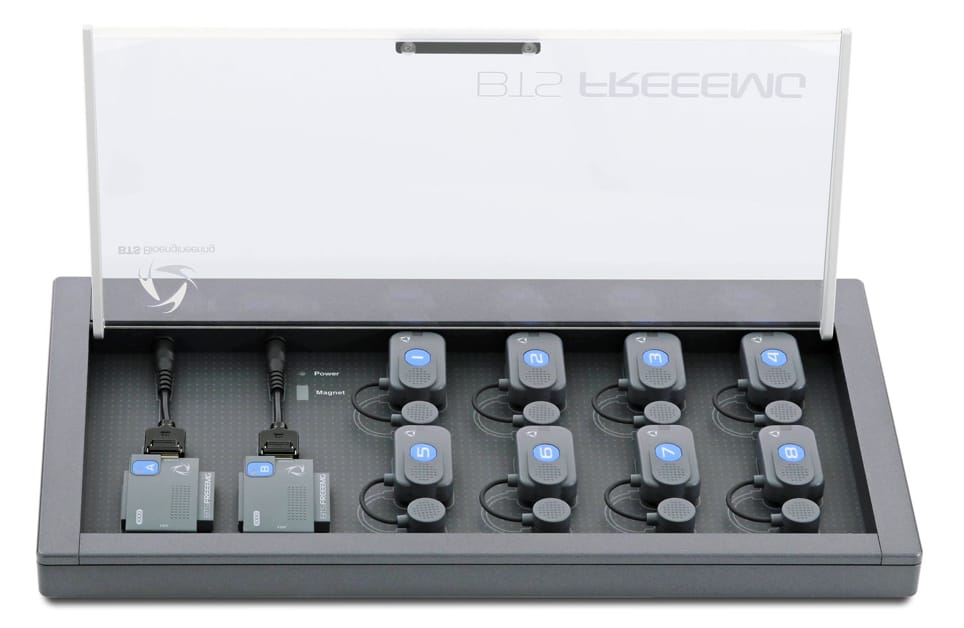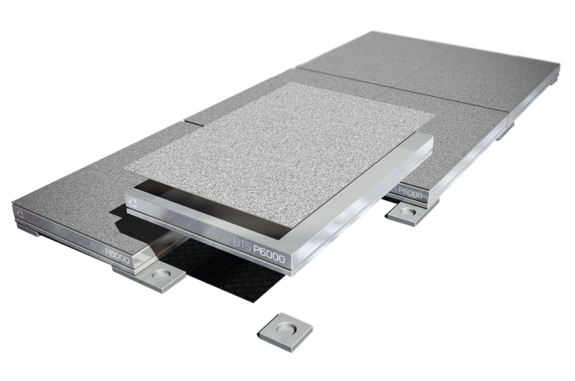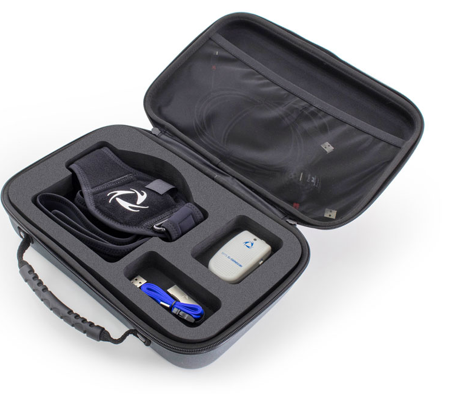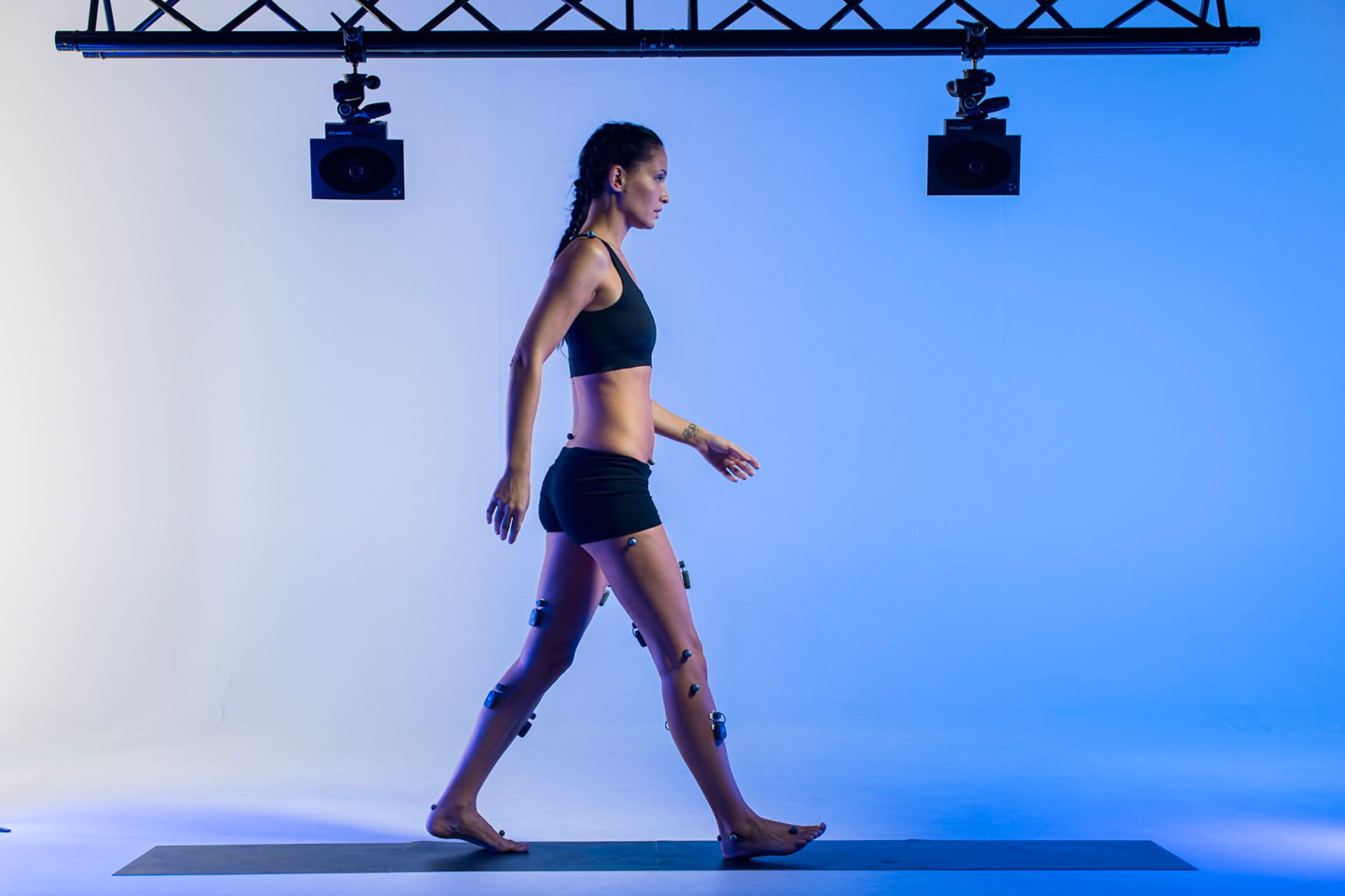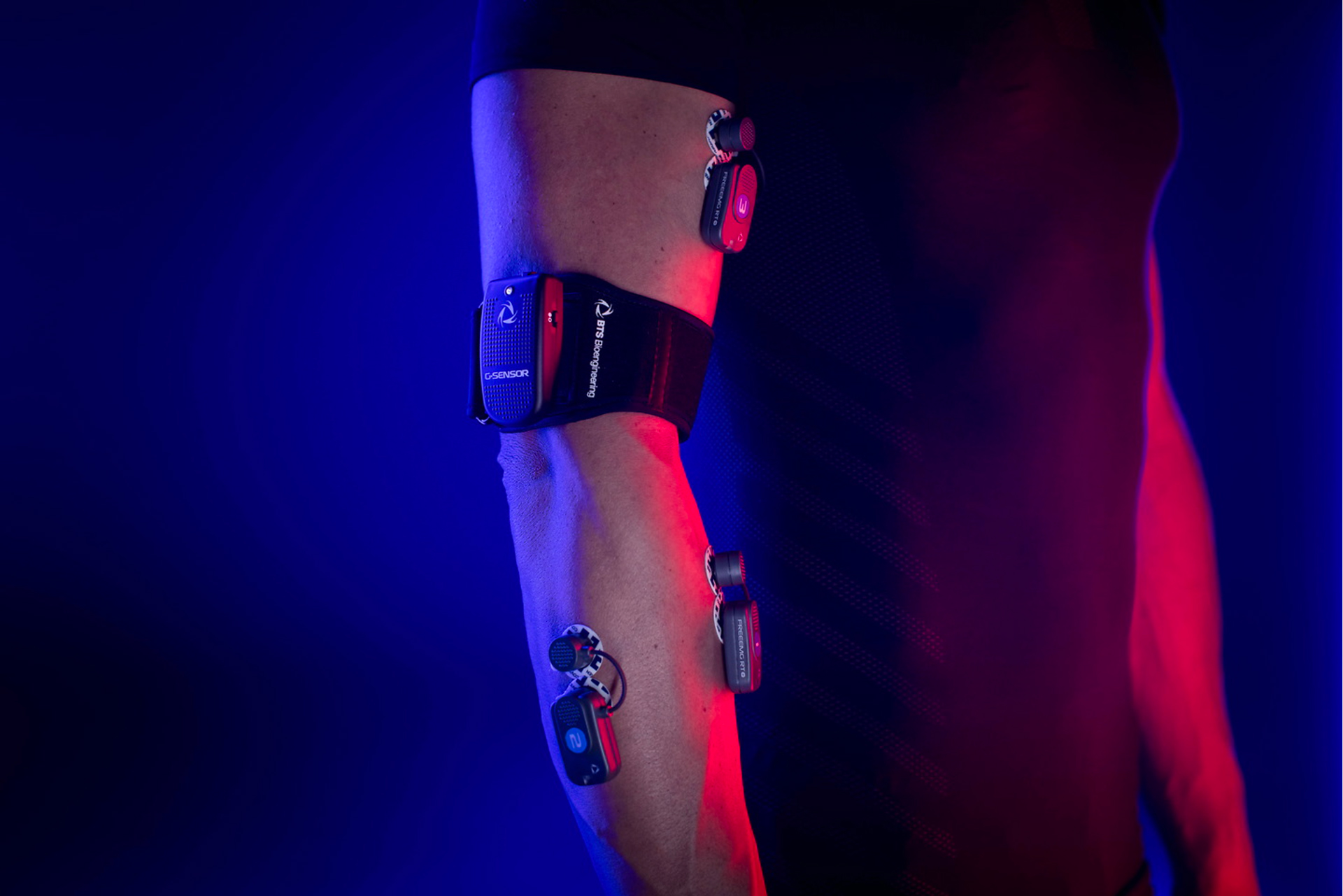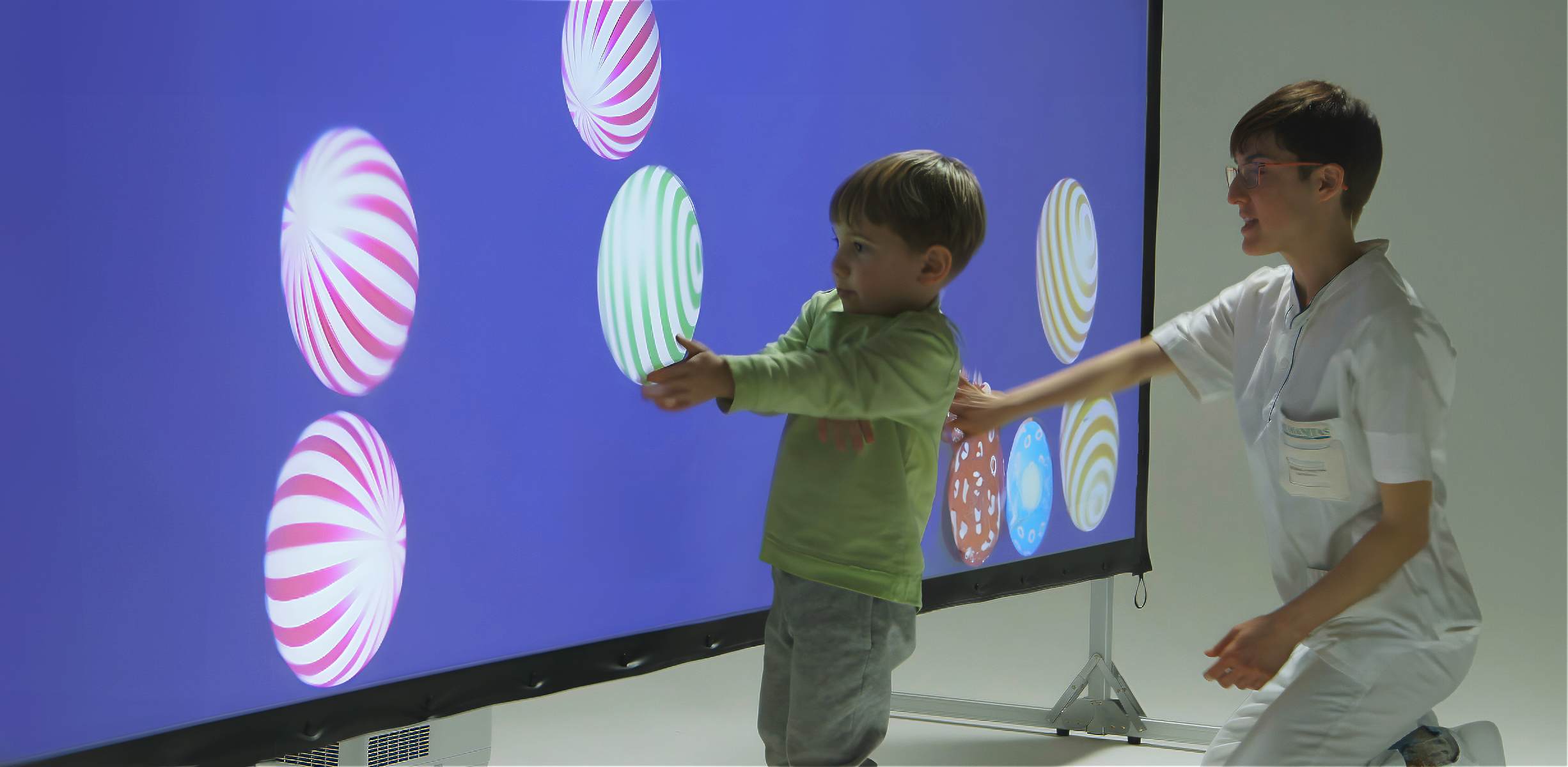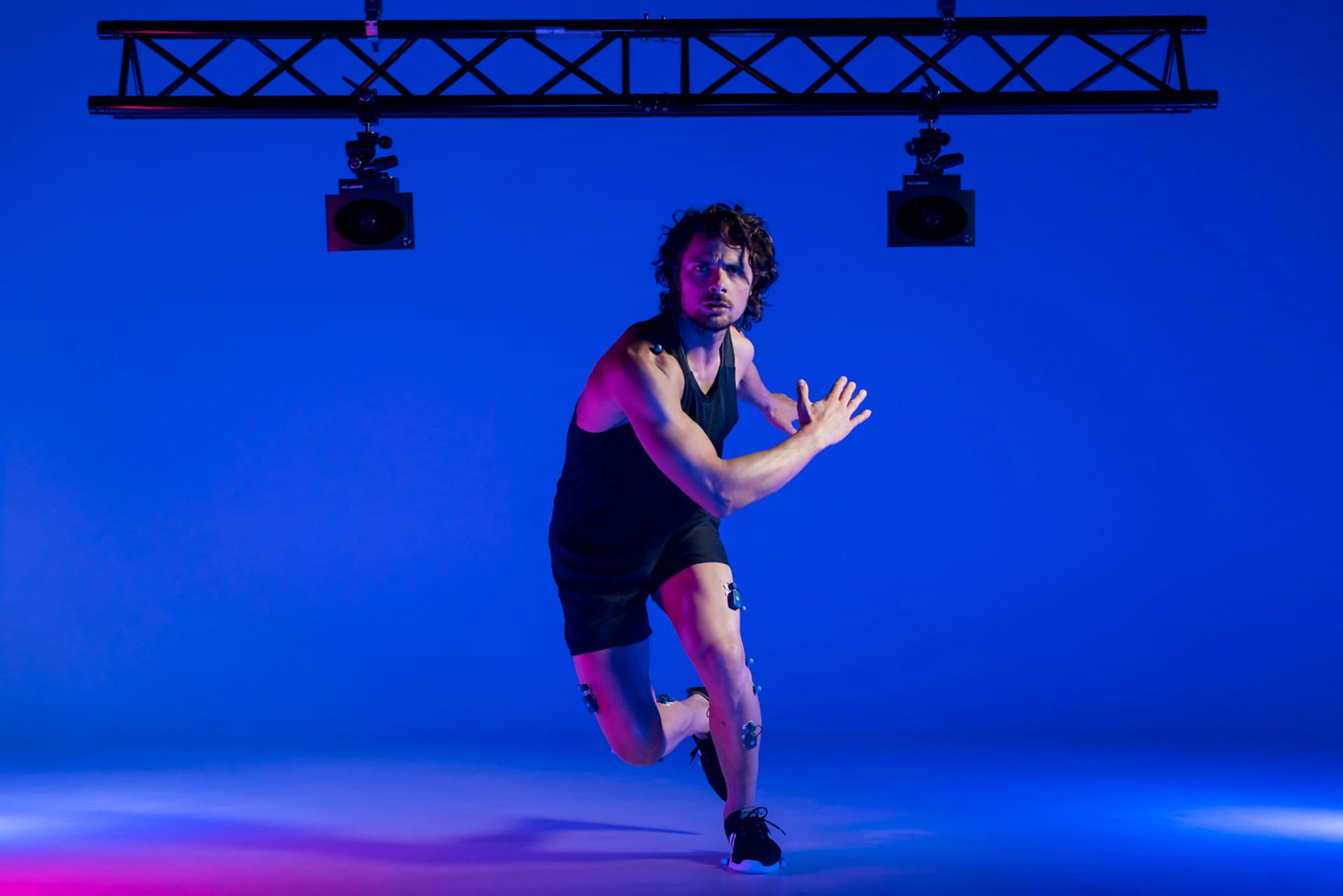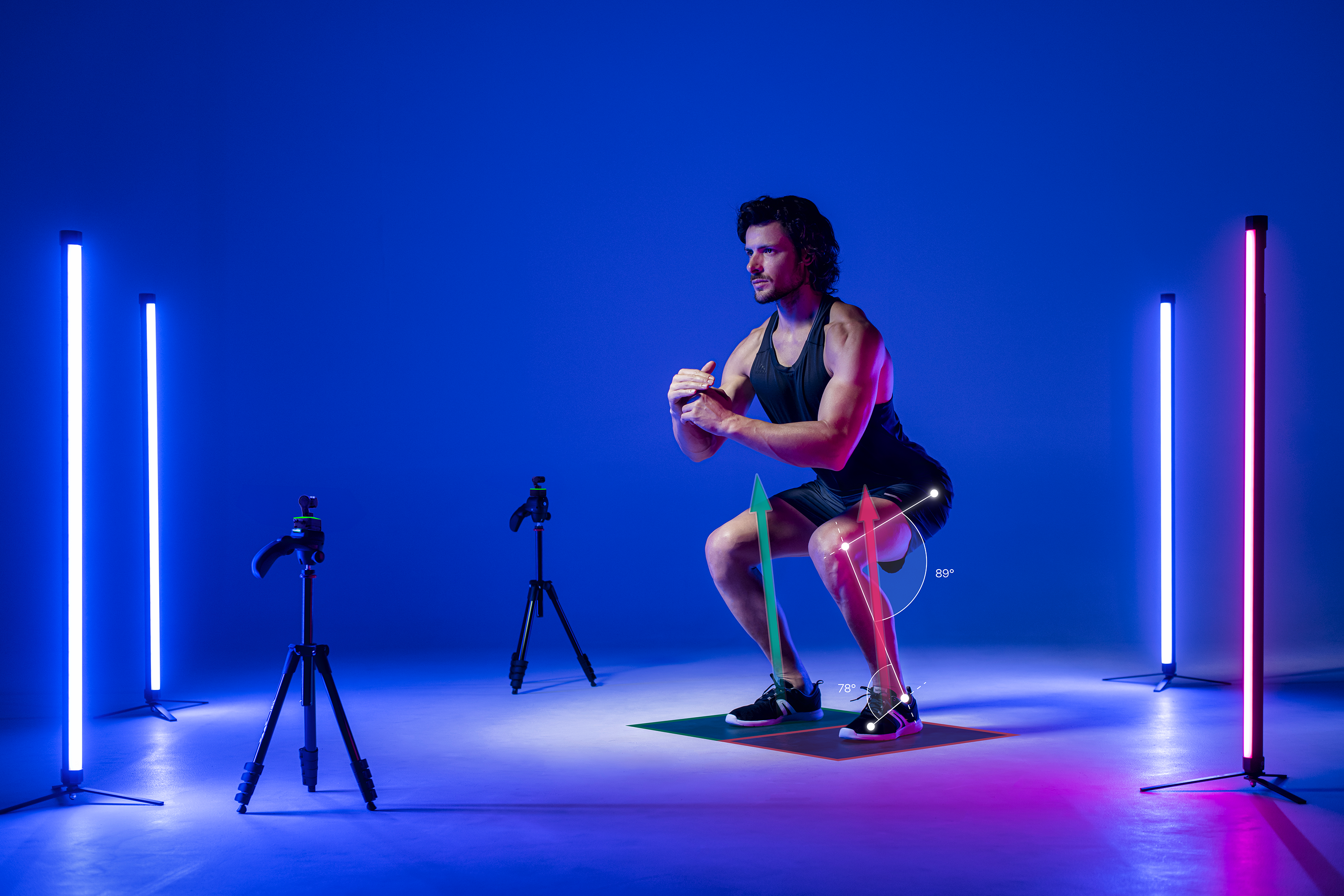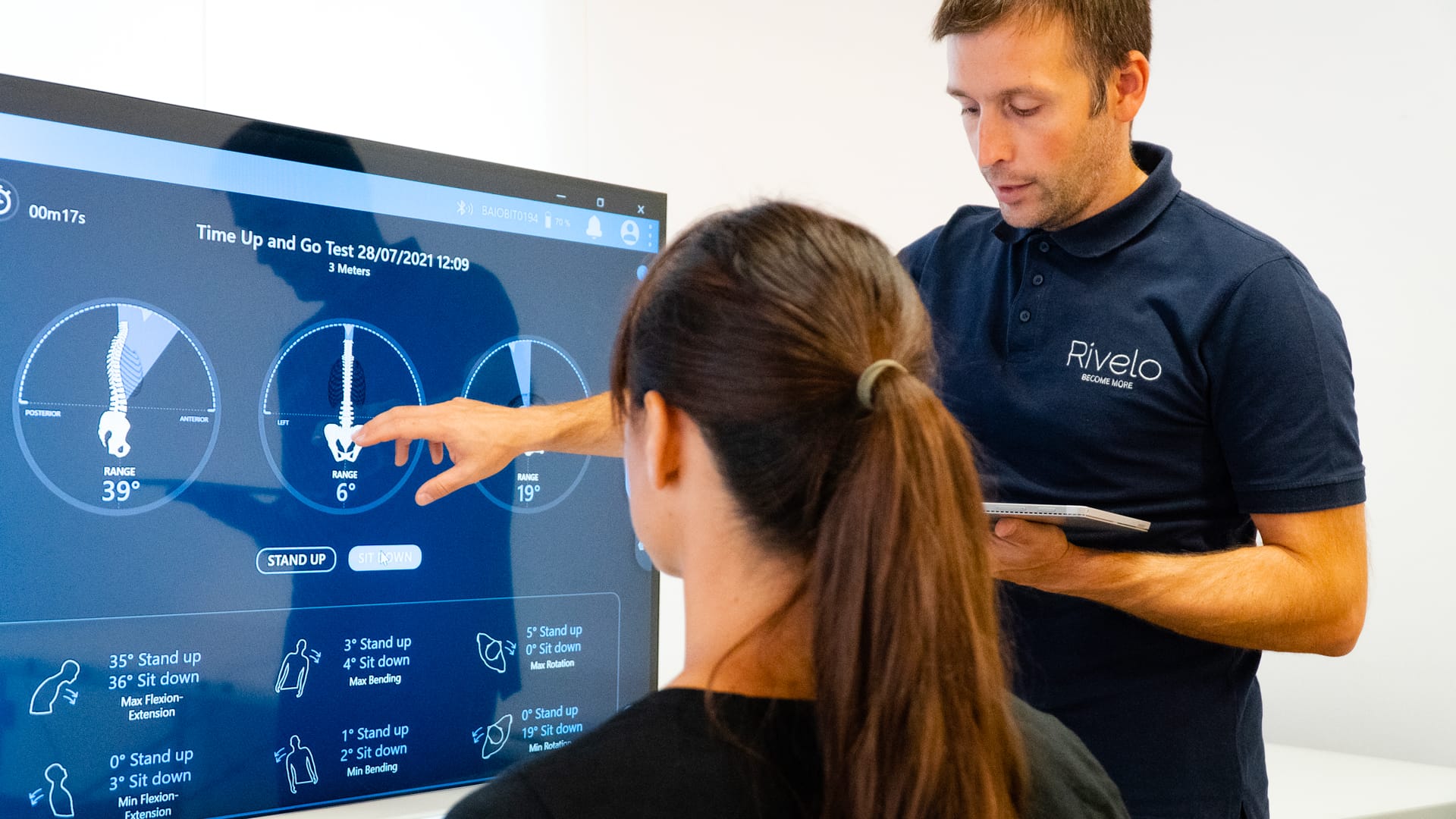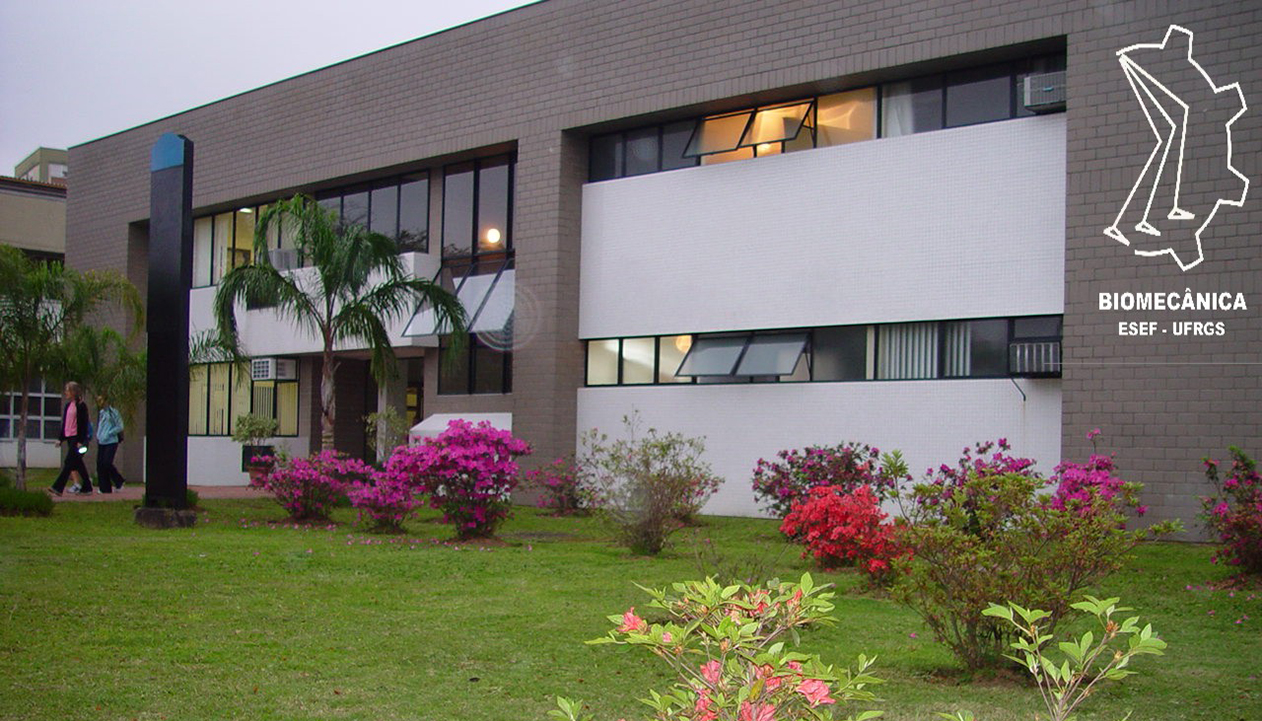UTAR Centre for Healthcare Science and Technology
A bridge between the healthcare and patients for a better tomorrow
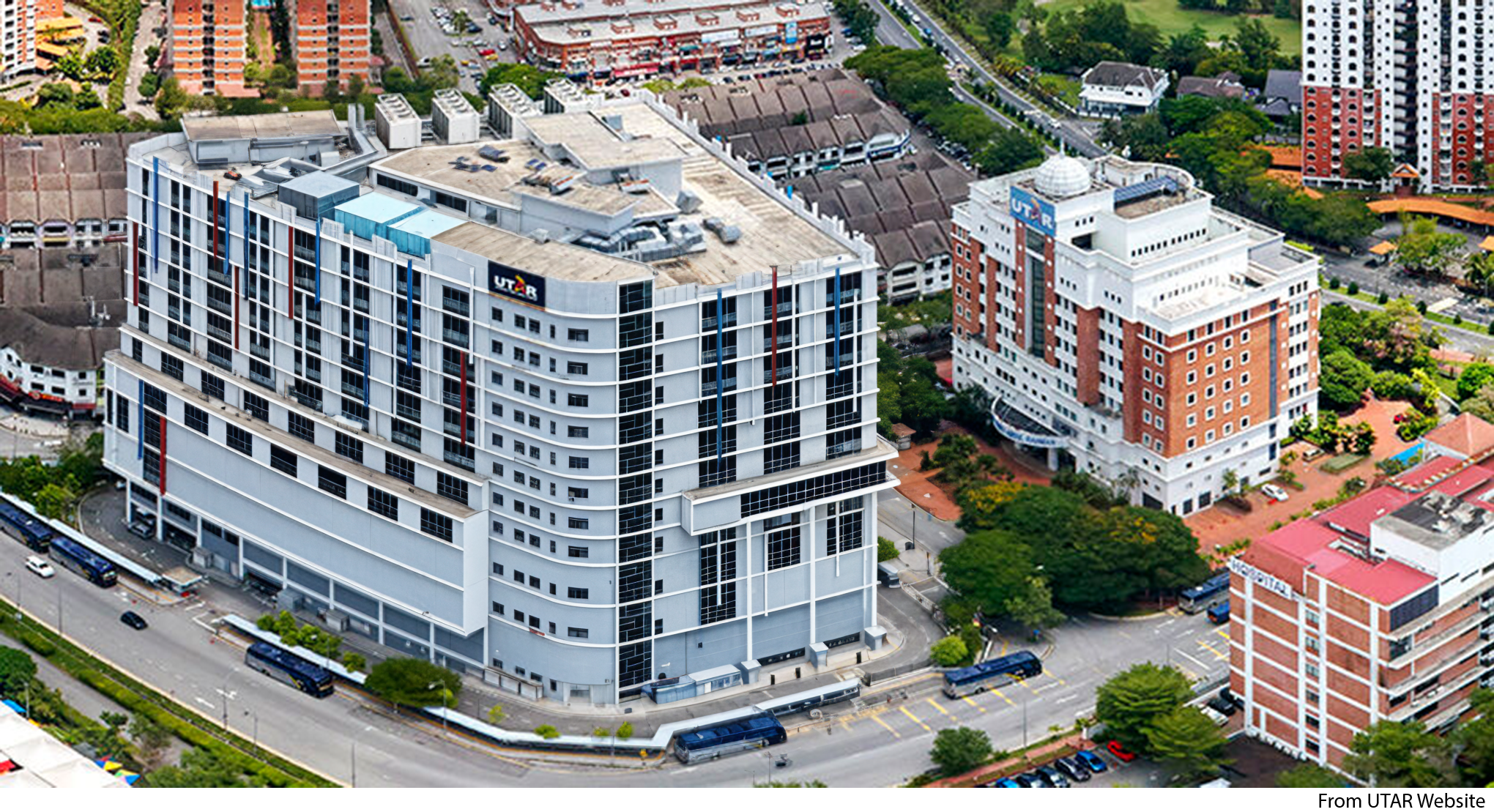
Excellence in motion analysis at UTAR
Universiti Tunku Abdul Rahman (UTAR) is a prominent educational institution in Malaysia recognized for its excellence in motion analysis.
A key driver of this is UTAR’s Centre for Healthcare Science and Technology (CHST), which aspires to be a leading center for advancing human, industrial, and intellectual capital in healthcare science and technology within the country.
A benchmark for innovation and development
The Centre for Healthcare Science and Technology (CHST) at Universiti Tunku Abdul Rahman (UTAR) is a dynamic, research-oriented center located in Malaysia. It aims to become a benchmark for innovation and development in the healthcare sector at the national level, and to be a center of excellence in the development of human, industrial, and intellectual capital in the field of healthcare science and technology.
As a leading R&D and training center for interdisciplinary research in health sciences, at both undergraduate and postgraduate levels, it offers services to the university, the community, and related industries, integrating with local healthcare systems, medical technology, biotechnology, etc.
It promotes strategic ties and collaborations with local and international universities, as well as industries, for human resource development and consultation in key areas of healthcare science and technology, thereby fostering a culture of novelty and creativity in the healthcare science and technology sector.
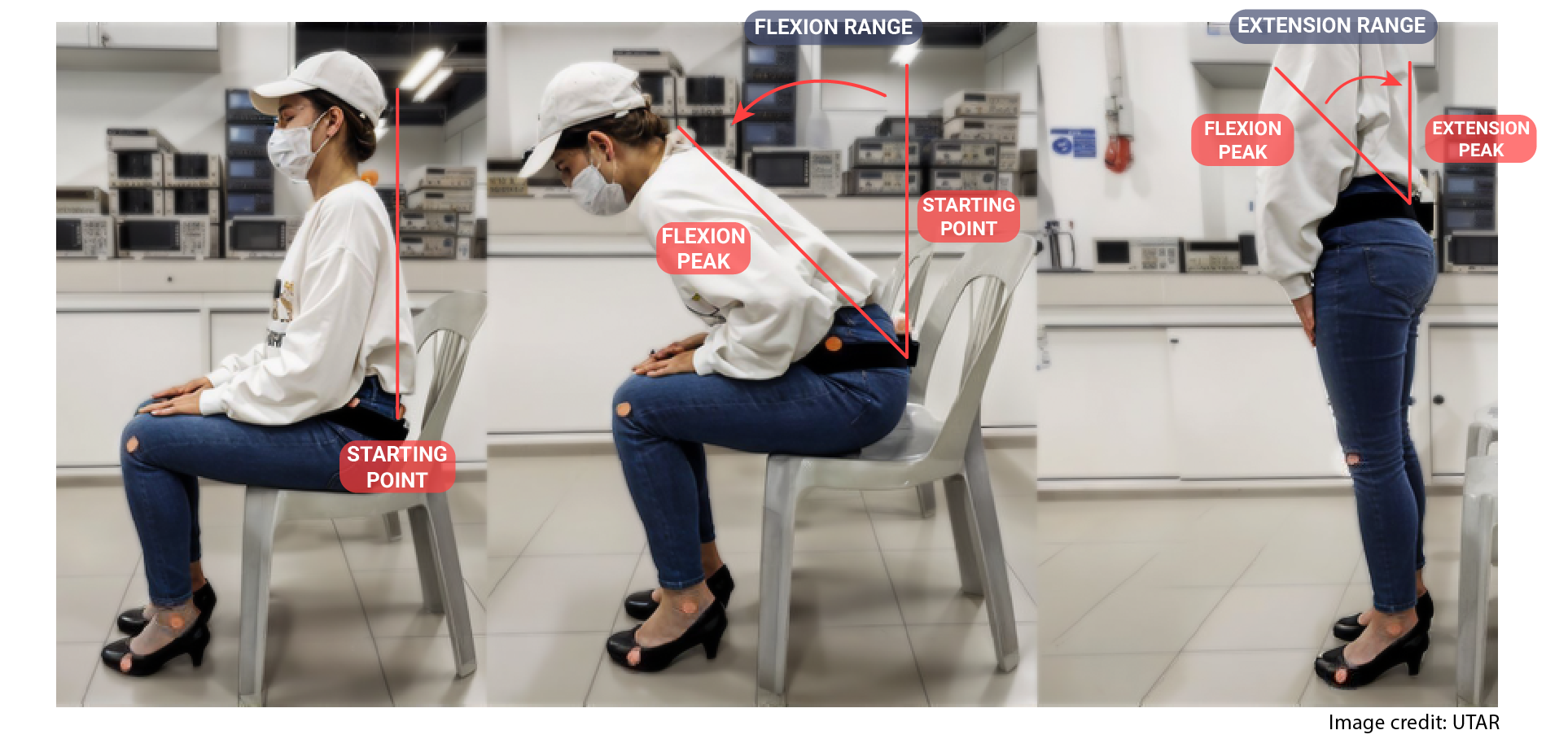
The Biomechanics Working Group
The Biomechanics Working Group is one of the research teams at CHST whose activity focuses on the study of human movement.
The group’s objective is to conduct biomechanical studies to quantify the intricate dynamics of human movement under various conditions and for performance optimization.


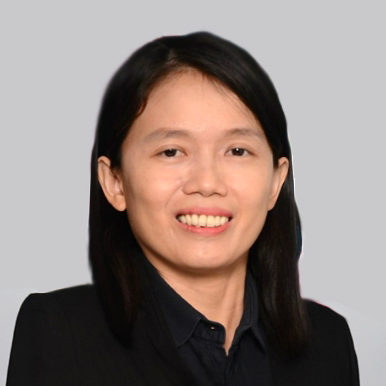
“Incorporating G-WALK into biomechanical studies has been instrumental in quantifying the intricate dynamics of human movement under various conditions. From assessing the impact of school backpacks on gait to analyzing squat jump performance and even evaluating gait alterations with different footwear, G-WALK has enabled precise biomechanical insights crucial for understanding human locomotion and optimizing performance.”
How BTS Technologies Are Revolutionizing Biomechanics at UTAR
The Biomechanics Working Group utilizes the G-WALK to analyze and quantify the impact of various factors on human movement.
Key research areas using the G-WALK include:
– Assessing the Impact of School Backpacks on Children: Quantitative biomechanical analysis of the effects of backpack weight on children’s biomechanics. A paper on this topic was presented at the 2024 IEEE 6th Eurasia Conference on Biomedical Engineering, Healthcare, and Sustainability.
– Impact of Backpacks on Walking Gait: Exploration of how carrying backpacks affects gait patterns. A study on this topic was also presented.
– Squat Jump Performance Analysis: Using the G-WALK to quantify jump performance.

